Grazing conditions
Heavy falls of rain over the last seven days have meant grazing conditions are a lot more difficult, especially in the west of the country. Where a lot of damage is being done, housing might have to be considered. I visited some farms in Fermanagh this week and there are cattle housed already on some farms. This is likely to be a temporary blip in the autumn grazing plan, with a few dry days likely to turn things around again. If a lot of damage is done to fields, it will be harder for them to recover, so that’s why its important not to do too much damage if you can. With temperatures still warm, housing cows and calves or weanlings isn’t simple, and animals would need to be given lots of space in sheds. Leave doors and any other openings clear to allow lots of air to circulate through the shed. Keep a close eye on younger calves and weanlings for any signs of pneumonia. Where cows have to be weaned, try and complete this on a phased basis on dry days. Housing cows and leaving autumn/winter-born weanlings outdoors is a good option. Weanlings will be lighter to graze and do less damage. Heavy, finishing cattle are better off housed as well, if grazing in very wet areas. This will take a lot of pressure off the grazing block, which can be aimed at cows and calves, or weanlings. Some farmers in the south who had to house cattle in August have been really pleased with how they thrived indoors and the subsequent killouts. Feed the best-quality silage and up meal levels to maintain performance once housed. Continental steers should go onto 5-6kg of meal, along with silage, to get the desired level of finish. Good finishing rations should be able to be purchased at €400/t bulk, delivered. Look for a high cereal content in finishing rations. Try to house cattle on a dry day, if you can. I have had a few calls about feeding silage bales made recently. You can pretty much feed baled silage straight away. It’s better to allow it ferment for two to three weeks, but there is no risk to feeding it soon after being baled.
National Beef Welfare Scheme
The National Beef Welfare Scheme (NBWS) launched this week. This is the replacement for the BEEP-S scheme. The difference this year is that the weighing element has moved into SCEP, so this means the NBWS has just two measures included this year. It will pay €35/cow, up to a maximum of 40 cows for the meal-feeding element of the scheme. Calves will have to be meal-fed four weeks pre-weaning and two weeks after weaning under this measure. Meal receipts will need to be kept for proof of purchase of meal if you are inspected under the scheme. The other action, which is a new inclusion, is IBR testing. This action is worth €15/head up to a maximum of 20 head on the farm. A vet will have to visit the farm and blood sample up to 20 animals for IBR testing. The closing date for the scheme is 12 September, with IBR testing to be completed by 1 November. If you have any questions, email me at beefnews@farmersjournal.ie and we’ll get your questions answered on next week’s episode of Farm Tech Talks.
Grazing conditions
Heavy falls of rain over the last seven days have meant grazing conditions are a lot more difficult, especially in the west of the country. Where a lot of damage is being done, housing might have to be considered. I visited some farms in Fermanagh this week and there are cattle housed already on some farms. This is likely to be a temporary blip in the autumn grazing plan, with a few dry days likely to turn things around again. If a lot of damage is done to fields, it will be harder for them to recover, so that’s why its important not to do too much damage if you can. With temperatures still warm, housing cows and calves or weanlings isn’t simple, and animals would need to be given lots of space in sheds. Leave doors and any other openings clear to allow lots of air to circulate through the shed. Keep a close eye on younger calves and weanlings for any signs of pneumonia. Where cows have to be weaned, try and complete this on a phased basis on dry days. Housing cows and leaving autumn/winter-born weanlings outdoors is a good option. Weanlings will be lighter to graze and do less damage. Heavy, finishing cattle are better off housed as well, if grazing in very wet areas. This will take a lot of pressure off the grazing block, which can be aimed at cows and calves, or weanlings. Some farmers in the south who had to house cattle in August have been really pleased with how they thrived indoors and the subsequent killouts. Feed the best-quality silage and up meal levels to maintain performance once housed. Continental steers should go onto 5-6kg of meal, along with silage, to get the desired level of finish. Good finishing rations should be able to be purchased at €400/t bulk, delivered. Look for a high cereal content in finishing rations. Try to house cattle on a dry day, if you can. I have had a few calls about feeding silage bales made recently. You can pretty much feed baled silage straight away. It’s better to allow it ferment for two to three weeks, but there is no risk to feeding it soon after being baled.
National Beef Welfare Scheme
The National Beef Welfare Scheme (NBWS) launched this week. This is the replacement for the BEEP-S scheme. The difference this year is that the weighing element has moved into SCEP, so this means the NBWS has just two measures included this year. It will pay €35/cow, up to a maximum of 40 cows for the meal-feeding element of the scheme. Calves will have to be meal-fed four weeks pre-weaning and two weeks after weaning under this measure. Meal receipts will need to be kept for proof of purchase of meal if you are inspected under the scheme. The other action, which is a new inclusion, is IBR testing. This action is worth €15/head up to a maximum of 20 head on the farm. A vet will have to visit the farm and blood sample up to 20 animals for IBR testing. The closing date for the scheme is 12 September, with IBR testing to be completed by 1 November. If you have any questions, email me at beefnews@farmersjournal.ie and we’ll get your questions answered on next week’s episode of Farm Tech Talks.




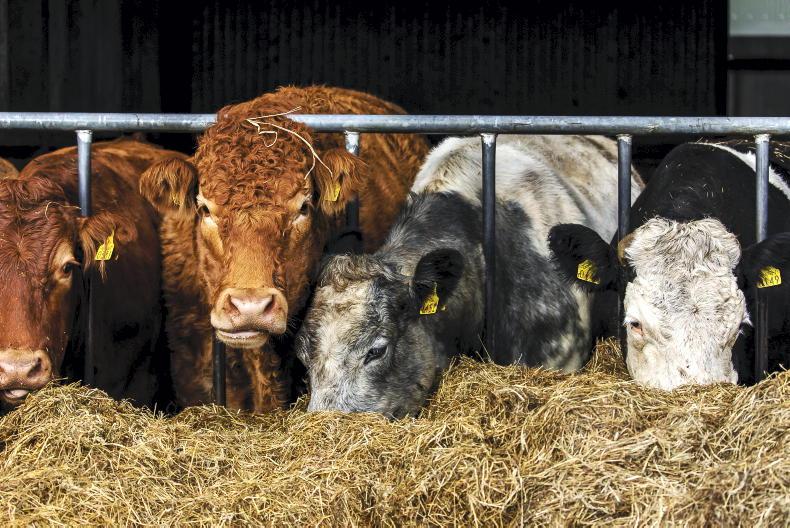
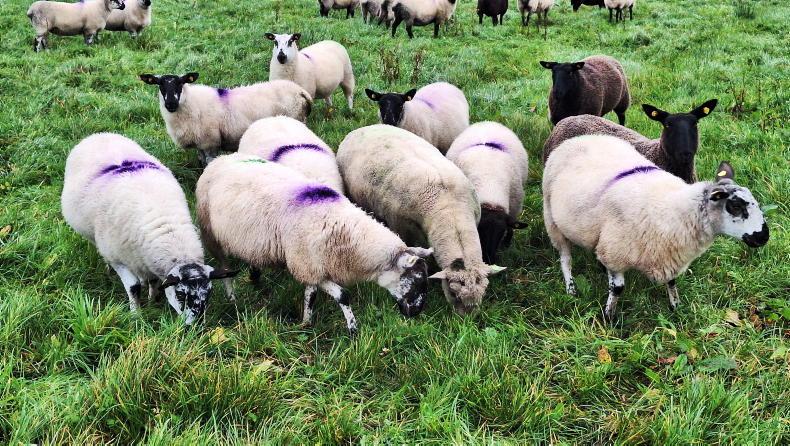

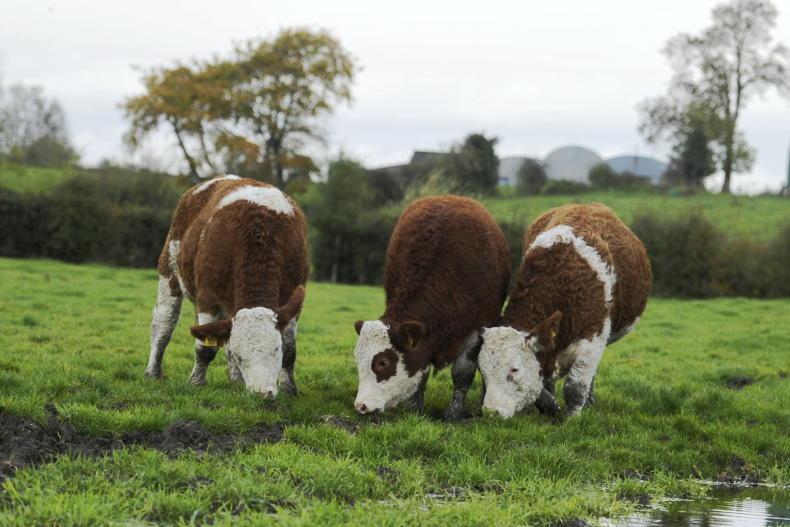
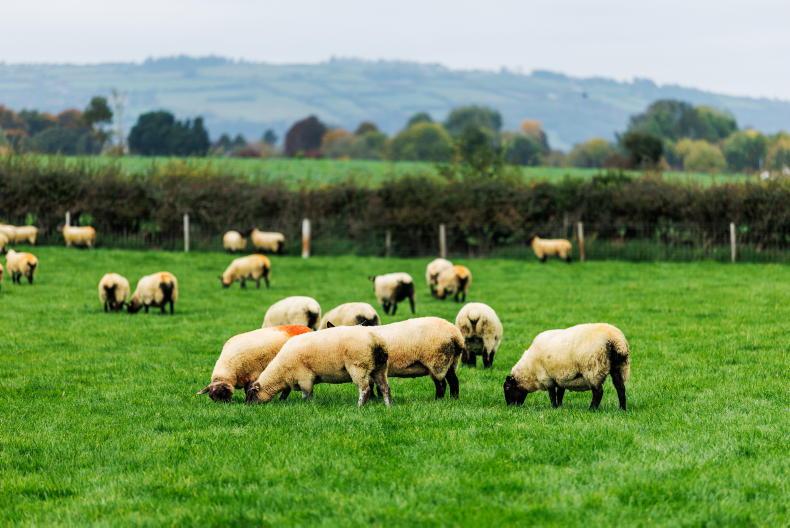
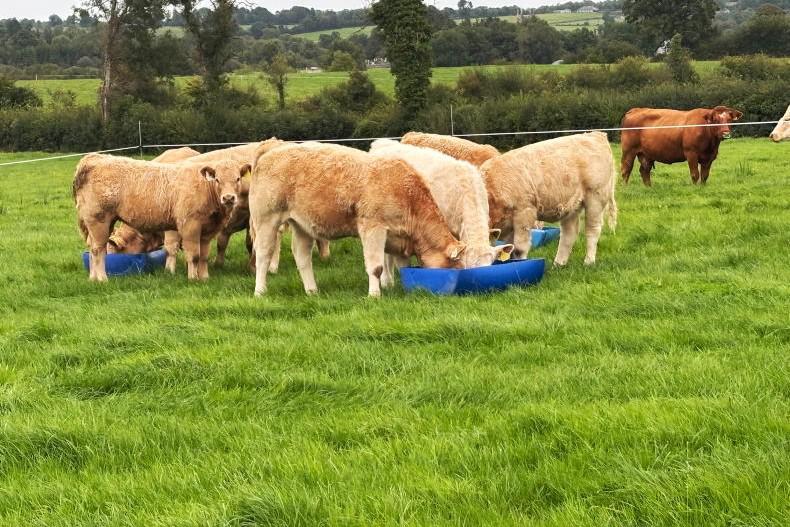
SHARING OPTIONS